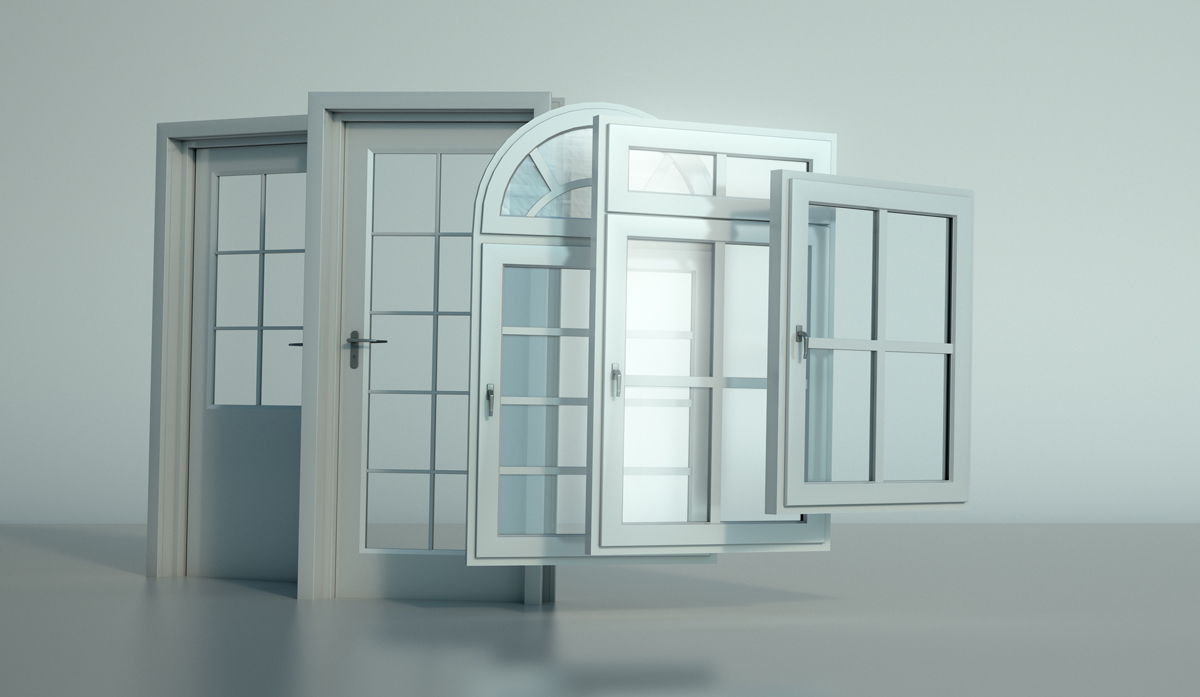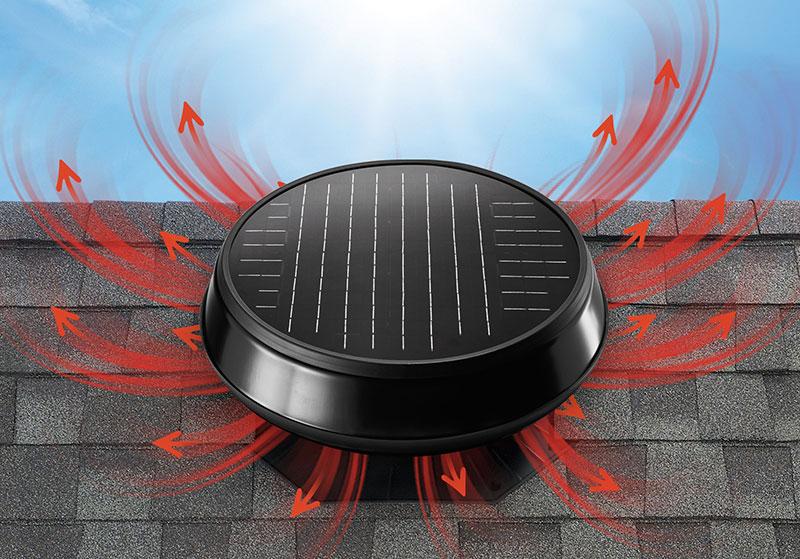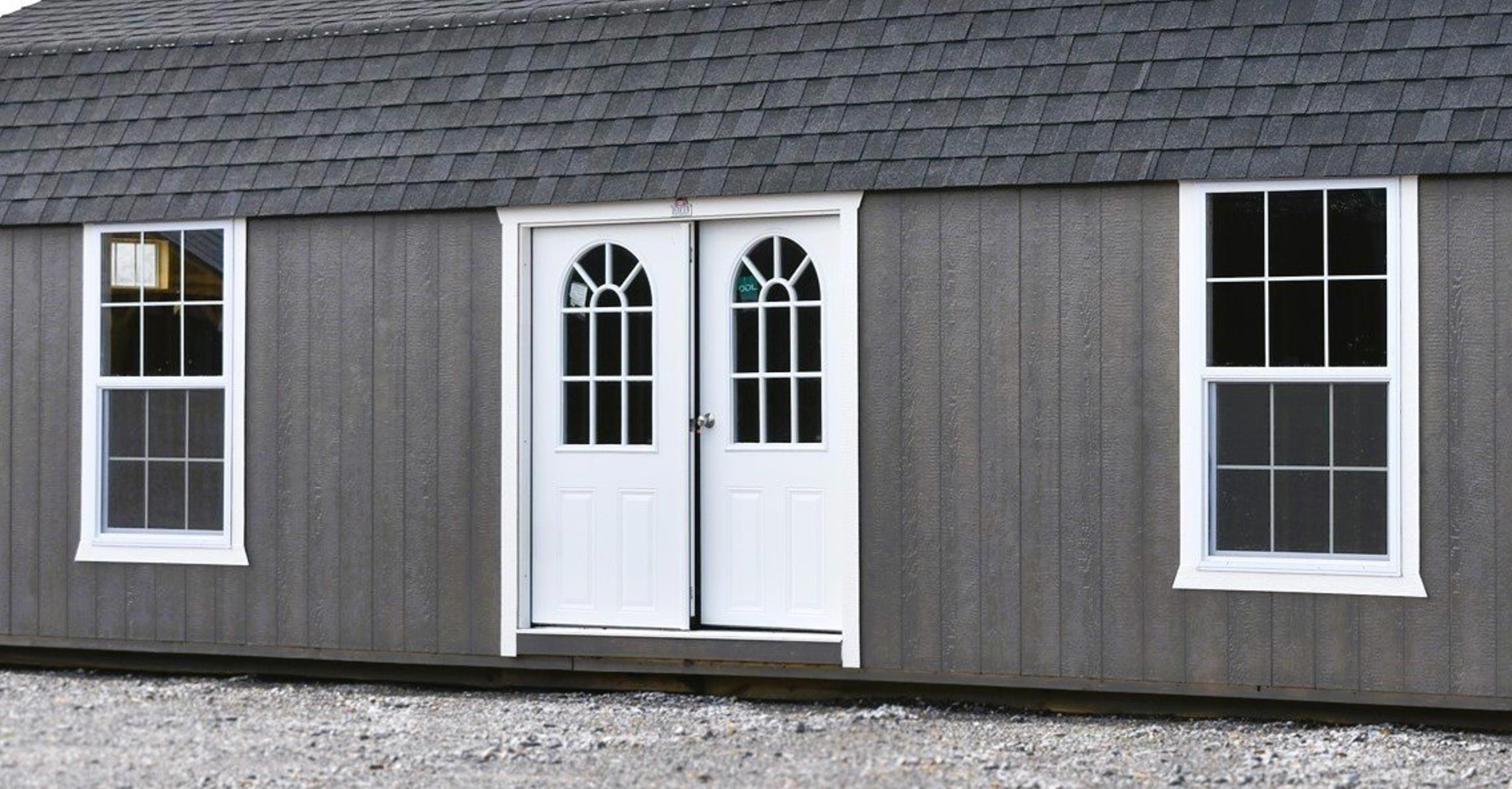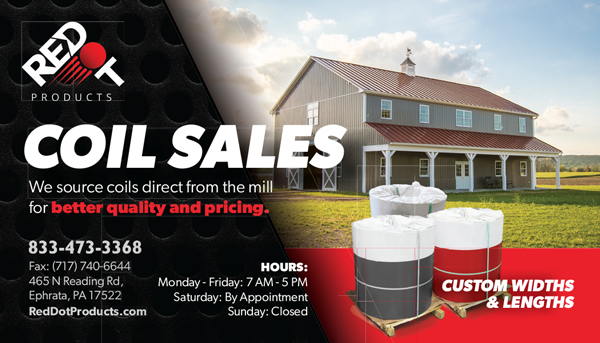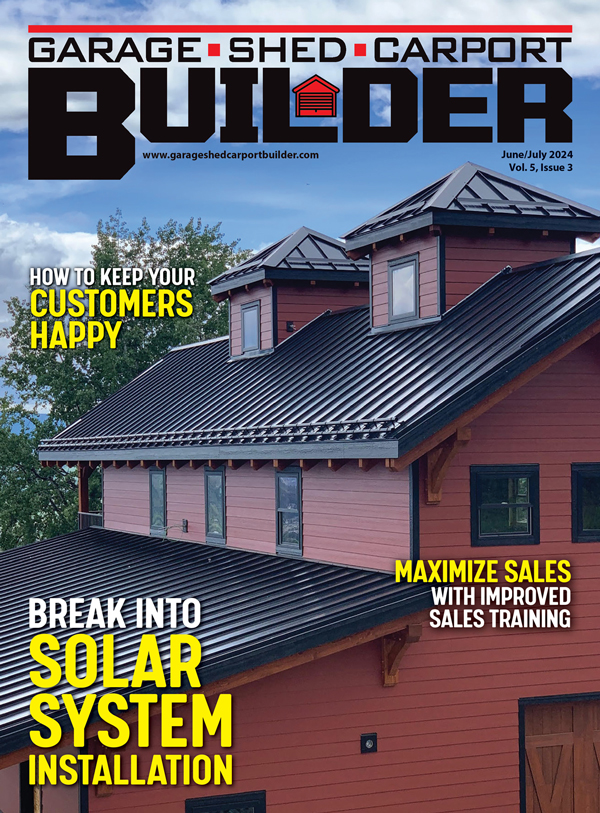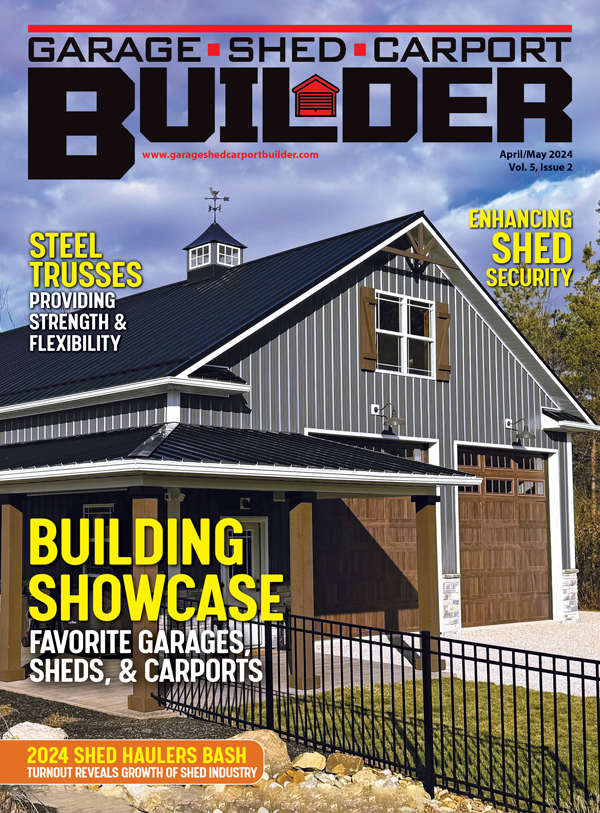Totally Tubular: Benefits of Solatube and Similar Products
By Linda Schmid
There are many reasons for daylighting systems: reduced energy usage, cost savings, the effect of natural light on the aesthetics of a space, and the resultant mood-brightening that many experience. There are, however, even greater benefits to be gained depending on the use of the space.
Enlightening Benefits
People experience improved cognition and recuperation times when exposed to natural light, said Neall Digert, Ph.D., MIES, Vice President, Innovation and Market Development, Kingspan Light + Air North America. Daylighting has also been known to reduce the need for pain killers, he added. Naturally, these are great reasons to incorporate daylighting into health care settings.
The benefits translate well to schools and offices. The visual cues of daylight affect both human psychology and physiology, and the effects tend to be happier students and employees who have increased productivity throughout much of the day.
In retail settings, the benefits are not only happier employees but customers who are likely having a more positive experience in the store and whose instincts tell them that the color of the apparel they are looking at will not change when they leave the store.
Institutional and civic buildings, convention centers, sports arenas, manufacturing and warehousing, in fact any building which people spend any amount of time in, can derive benefits from natural daylighting. Of course, residences — both singular and multi-residence housing — can be dramatically improved with natural lighting.
That said, many would point out that windows offer the same benefits. However it is not that simple.
Contrary to what one might think, the benefits we are talking about here have nothing to do with improved levels of vitamin D. Vitamin D is manufactured in the skin when exposed to ultraviolet (UV) light, however we all know that UV can also lead to health problems, specifically skin damage. UV light also tends to fade colors, so daylighting systems like Solatube filter UV out of the light that is permitted into a building. Instead, it is the tuning of spectral content that leads to improvements in cognition, neural energy, and mood, according to Digert.

Tubular daylighting selectively captures sunlight, stripping it of ultraviolet light and heat. It redistributes this filtered light in an interesting way, redirecting it like a duct guides air through a structure. The reflective surface inside the tube allows the light to traverse straightaways, angles, and 90-degree turns as it runs through ceilings and walls with minimal light loss. The light can be dimmed as it comes through the ceiling fixture and even directed to highlight a wall or a table display.
The light may be softer or stronger due to the day’s natural light but there are no shifting beams of light, and the level can be adjusted to be comfortable.
The daylighting system and the electrical light sources system can be incorporated into one so that the source of filtered daylight during daytime hours becomes the source of electric light when day is done.
The challenge that everyone expects with daylighting is leakage. Naturally, these systems are designed to be leak-proof. The Solatube tubular daylighting devices are designed such that all openings into the building are protected, with glazing materials overlapping and encapsulating any internal opening of the building to ensure that water cannot find its way inside. Additionally, the daylighting system’s flashings use a special sealant that maintains flexibility over time for all points of contact with the building envelope. As a result, future movements in the building roof and/or structure will typically not cause future leaks to occur.
Tom Larwa, Vice President, Customer Experience, Kingspan Light + Air North America, and Digert concur that these systems can have very long lives. “We’ve seen the Solatube in use for decades without any issue, Digert concluded.
The Contractor’s Viewpoint
By DayStar
Natural sunlight has long been known to be superior to any kind of artificial light source. It contains the full spectrum of colors and studies show that people are generally happier and healthier living, working, and shopping in sunlit environments.
As a result, business and warehouse owners are turning to daylighting systems to reduce and sometimes even eliminate the need for artificial lighting during the day. Daylighting systems, which passively harness and enhance the sun’s light, are not simple skylights. Rather, applying physics to standard glass domes facilitates and diffuses the light entering a building without harshness or glare.
One example of these daylighting systems is DayStar. Their system is composed of four parts. First, sunlight is gathered and diffused through an ultra-clear outer dome and inner collimation lens. A light shaft made of insulated panels with highly reflective interior surfaces amplifies natural light as it is captured. And finally, a ceiling lens, engineered to diffuse highly concentrated light into a broad lighting pattern, is installed on the interior ceiling.
Avoiding Leakage
The contractor is usually focused on two things: ease of installation and reliability. The contractor’s prime concern typically is “after the job, can I sleep at night without worrying about getting a callback for leakage after the first rain?”
After all, any penetration of a watertight roof membrane can introduce a potential pathway for water, which no one wants. So, contractors need to trust that the systems they install will have a high level of leak-free integrity.
One way to ensure leak prevention is to begin with a properly installed essential roof curb that ensures the daylighting components have a level platform for attachment. Rooftop curbs are raised metal frames designed for mounting structures safely to the roof. Some skylights are comprised of a dome with pre-attached metal flashing, which the contractor cuts around to fit into an opening, and then seals with caulk. This arrangement requires the contractor to be very careful when installing.
Insulated roof curbs made of galvalume steel or aluminum with continuously welded watertight seams work well to stop leakage. Fit the curb to the roof pitch and metal rib design. A system may also come in regular slope and ridge-mounted versions. Rib caps may be supplied to fit the roof panel and mastic sealant should be applied between the roof curb flange and roof metal.
A manufacturer that will work with you on different configurations to make the system function well with different roofs or roof profiles can help facilitate leak-free installation according to Jonas Yoder, owner of JY Construction and a 30-year contractor.

Thermal Efficiency
After concerns about potential water leaks, many contractors seek a system that will prevent outdoor hot or cold air intrusion, or transfer through the components. Features that can help with thermal efficiency include an insulated roof curb, a double-glazed top dome with a vinyl thermal barrier, an insulated light shaft and lens, which can provide a great thermal value. In addition, these enhancements can create a system that has a low solar heat gain coefficient (SHGC) as well as U Values (a measure of insulating performance) that are over twice the thermal efficiency ratings of some common skylights. This means the customer will lose less heat in the winter and gain less heat in the summer.
Installation Instructions
The daylighting installation process is quite simple, and a contractor does not need any special experience to perform an expert job. The installation instructions from the manufacturer should make it easy to install, step by step. If it is not, contact the manufacturer and ask questions.
Trust Earned
If you follow the instructions and the system has problems, the manufacturer should always stand behind their product. Of course, the hope is that you will not have to ask them to do that because the system performs reliably over the long term. If you have no experience with a product, see what other contractors have to say.
Yoder says he originally installed 40 DayStar systems in a 24,000 sq. ft. pre-engineered steel building about 10 years ago. “Now, the same, industrial warehouse customer is looking to build another 9,000 sq. ft. structure with 12 more daylight systems. In my mind, that shows long-term value and reliability,” he concludes. GSCB
Daylighting Product Suppliers
• DayStar Natural Lighting Systems
• AmeriLux International ameriluxinternational.com
• Onduline
• Klar
• Advanced Glazings (Solera) advancedglazings.com
• MWI Components mwicomponents.com





